Catching a Disappearing Frog: The Work Begins in Lake Titicaca
There! Look, there! I found one! On the edge of the cave! It’s huge! Give me the net! QUICK!
I could barely keep from gulping up the waves as I yelled back to the boat. There it was: the Giant Water Frog of Lake Titicaca. After nearly an hour of snorkeling in frigid, 60 degree water along the rough and rocky cliff line, I had finally found one. I was so overcome with adrenaline, I didn’t even realize how ridiculously excited I was over seeing a frog.
But this is not an ordinary frog. This is the famous disappearing water frog of Lago Titicaca. This is the frog we came here to find. This is the reason we’ve been fundraising for weeks, traveled 12 hours by bus, and squeezed ourselves into wetsuits two sizes too small. This is the frog we’ve come to study, sample, and to protect!
From the boat, a hopeful Andrea tosses me a net. It’s a large net, with a handle the length of my arm. Victor, our hired boat captain, watches us with curiosity and amusement. Frantically, I swim back to the frog. It’s still there. Right where I left it. Suddenly, I realize this is not going to be as easy as I thought.
Looking down through my mask and snorkel, I estimate the frog is about 12 to 14 feet below me…
Interjection: Did I mention this is a water frog? That means it only lives in the water, and does not come to the surface to breathe like other frogs. It breathes only through its flappy folds of skin, like a fish uses its gills. Its tiny lungs -making it an amphibian- serve no real purpose and will probably disappear all together through adaptation (given the species is around long enough for that to happen).
…looking at my net, that reaches about 3 feet from my hand, I do some strenuous calculations to determine I will need to dive down about 8 feet in order to scoop the creature up. No problem, right? I am a certified scuba diver after all, and I’ve easily been skin diving deeper than that before!
Wrong. I’ve never been more humiliated by a frog in my entire life. It just sat that there motionless, watching me struggle. After about fifteen minutes of flailing, splashing, kicking, twisting, gasping for breath, and mouthfuls of water, I went down for one last try. Finally, I got down deep enough to nudge the frog just hard enough to make it slowly swim deeper into the rocks.
Trying to catch this frog was as frustrating and physically exhausting as the time my high school field hockey team lost in the quarter finals: a million shots, but no goals. (Yeah… still not over it). Except unlike my field hockey loss, this ridiculous display of almost catching a frog happened several times that day. Jeremy and I were humiliated by three giant water frogs over the course of a day. All a little too deep for our short nets, extremely buoyant 8mm wetsuits, and shrunken, unacclimated lungs. Note: We only found three frogs in 5km of coastline!! I told you they are critically endangered. In the end, we left shivering and disappointed. We had come all this way, plotted our path and prepared to take the necessary DNA samples, but had little more than a sunburn to show for it.
On a positive note, we did learn a thing or two about how to go about catching these frogs next time. We were also able to analyze 15 new points of water quality data in an unstudied part of the lake. Even better, while unsuccessfully finding a place to fill our tank for scuba diving, we made an important contact with the Bolivian Navy…***pause for effect*** ……a Navy?……in Bolivia?……..but there’s no……yeah, that’s what we were thinking too…..***back to the story***…who will hopefully be escorting us on our next trip – complete with boat and scuba gear for more efficient and effective frog catching.
Recovered from our long and exhilarating day on the lake the following day, we turned our attention to the land, where the non-wild things are (aka humans). Thanks to the excellent back-/off-road driving skills of our trusty taxi driver, Dino, Jeremy, Andrea and I spent the morning in the rural, lakeside village of Sauina, initiating the second phase of our objective: to teach the locals to care for the frog.
First, Carlos, the talking frog puppet, gave a quick talk and administered a short survey to elementary school kids. This turned out to be almost as challenging as skin diving while wearing a life-vest-like-wetsuit. Jeremy had written these surveys about the water frog in Spanish to gauge the level of knowledge and interest of the students. Little did we know they all speak and read Aymara. But with a little effort and verbal translation, we were able to get a fairly good insight as to how to tailor our educational workshops for these rural schools.
Our last task was to engage the adult community. The school master introduced us to the Women’s Community Group of Sauina. This group, comprised of eight cholas (indigenous women) who practically run the entire village while the men sit outside the church drinking beer, graciously invited us back next month to give a full day workshop on protecting the endangered water frog and how to leverage it as an eco-tourism attraction.
So there we were, four days later and on our way back to Copacabana with a to-do list larger than the three of us. In the three weeks before our next planned visit, we need to:
1) Make our net handles longer
2) Buy equipment for measuring water depth
3) Write an official request to the Navy
4) Buy equipment to test water for pollutants
5) Buy an underwater camera for surveying
6) Analyze the survey results
7) Develop an educational workshop for children
8) Develop a workshop for adults
9) Design a survey for tourists
10) Make the educational video
And lastly, raise more money so we can return to the lake and stay longer!
I think it will take a miracle to pull this off in so little time, but then again, Jesus is smiling on Cochabamba.
Want to help? (please!) Make a small donation to our project through Sustainable Bolivia or ChipIn. If everyone gives a little, we can help the people (and frogs) of Lake Titicaca a lot.
Then maybe, just maybe, we’ll catch this disappearing frog before it’s gone.
See more shots from our trip here!

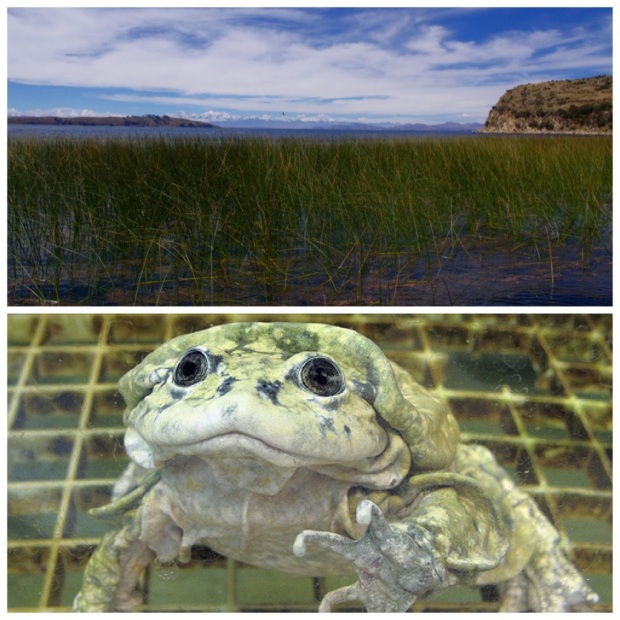
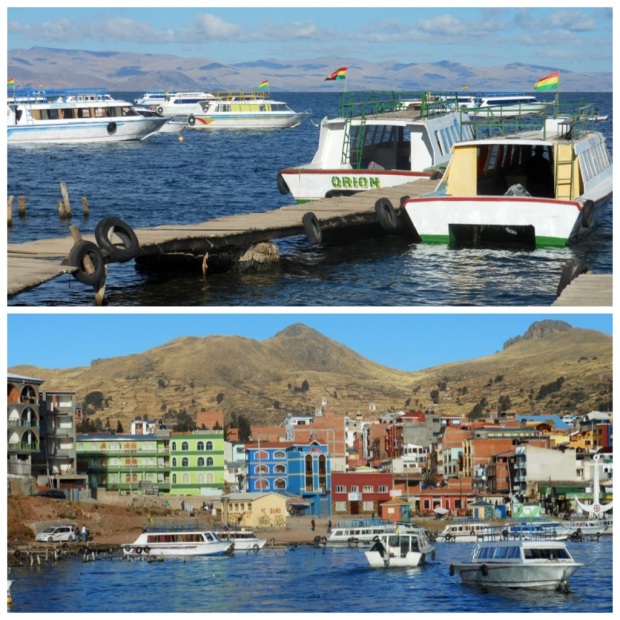
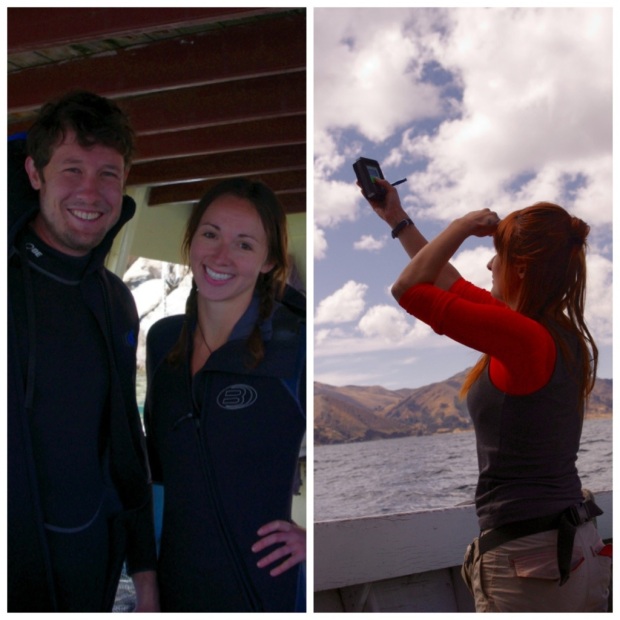
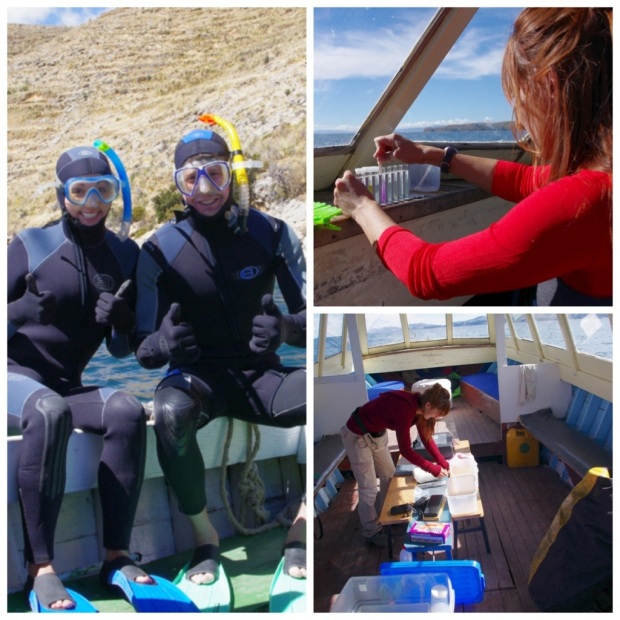
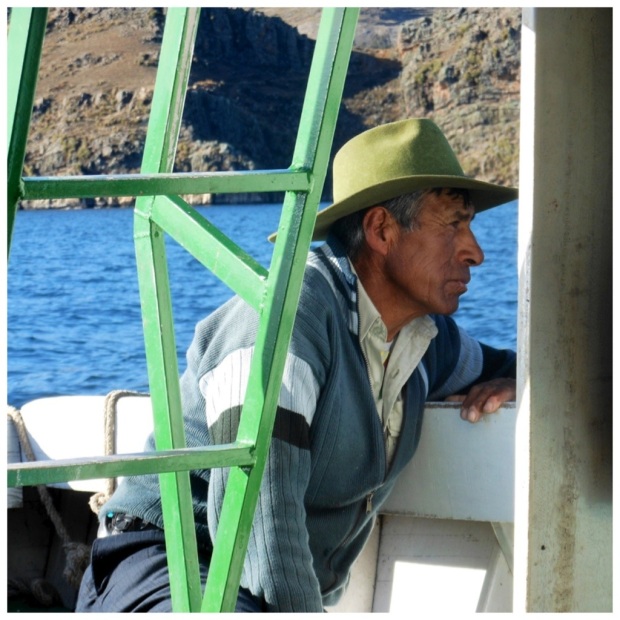

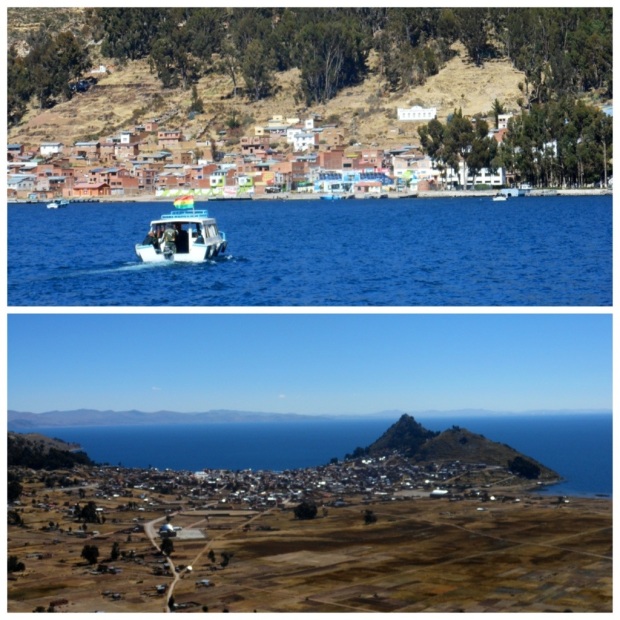

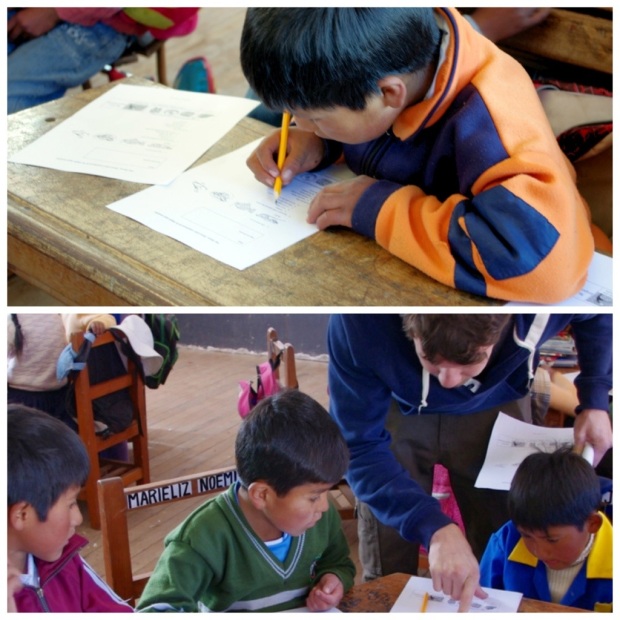
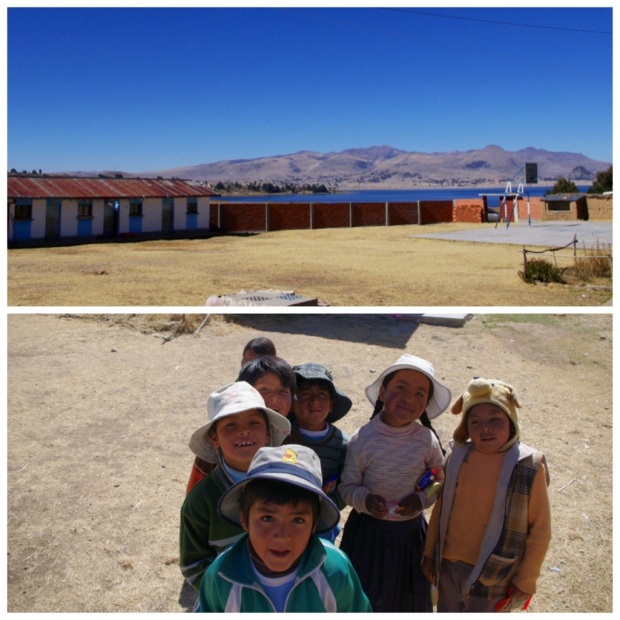
Truly amazing story here, riveting with adventure, adversity, triumph, and plans to triumph even better. Quite extraordinary, beautiful pictures of places I never knew existed, and what a cool looking frog. On the last post though, I just wanted to see if you were interested in using my blog for your blog, here it is again. http://jjcats.blogspot.com/
LikeLike
Excellent info love the frog would love to have seen you try to get it…what an adventure for you guys!
LikeLike
Thanks Charlie for the update from home!! We LOVE your blog about our cats. You need to change the settings though so I can follow it. It seems to not be working…
LikeLike
hmmm….maybe you should re-name your blog “How to Catch a Frog by its Flappy Folds”?
btw, were you wearing weight belts??
LikeLike
I do think dad hit the nail on the head with the not wearing weight belts hypothesis.
LikeLike
Negative. We do not have weight belts, only pocket weights for the BCD, and yes, they would have been helpful. Maybe we can find some for next time, but I’m doubtful… Other suggestions?
LikeLike
Weight belts, pocket weights, same thing, it’s all about buoyancy! Put rocks in your suite if you have to.
LikeLike
Dammit. Suit.
LikeLike
Pingback: How Things Work: Bolivian Style « How to catch a goat by its tail
Pingback: A Fond Farewell To South America and 2012 « How to catch a goat by its tail
Pingback: Bad News for Bolivian Frogs | How to catch a goat by its tail